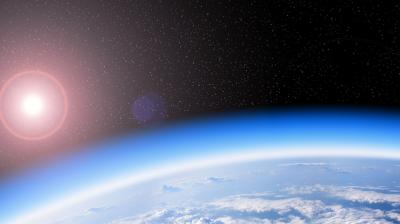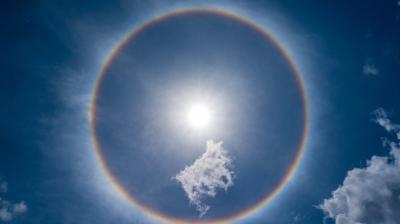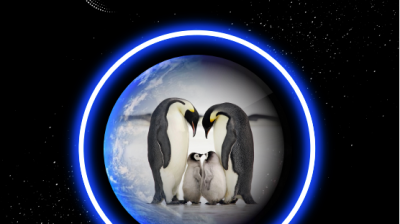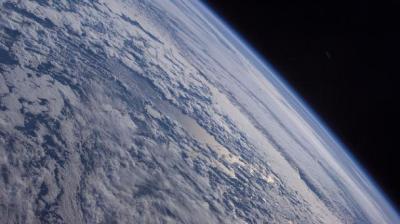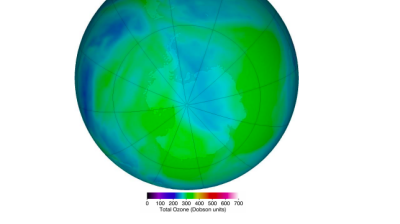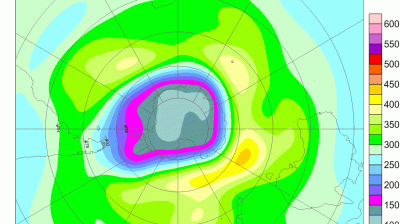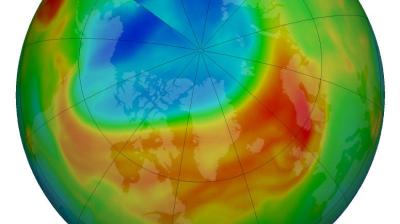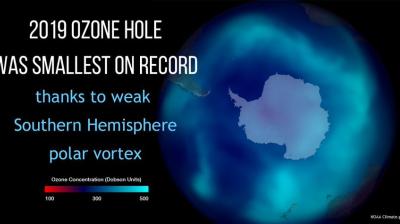World Ozone Day celebrates success of Montreal Protocol
WMO joins the global community in marking the International Day for the Preservation of the Ozone Layer on 16 September. It celebrates the progress in phasing out chemicals which destroy the ozone layer which protects us against the sun’s harmful ultraviolet rays.
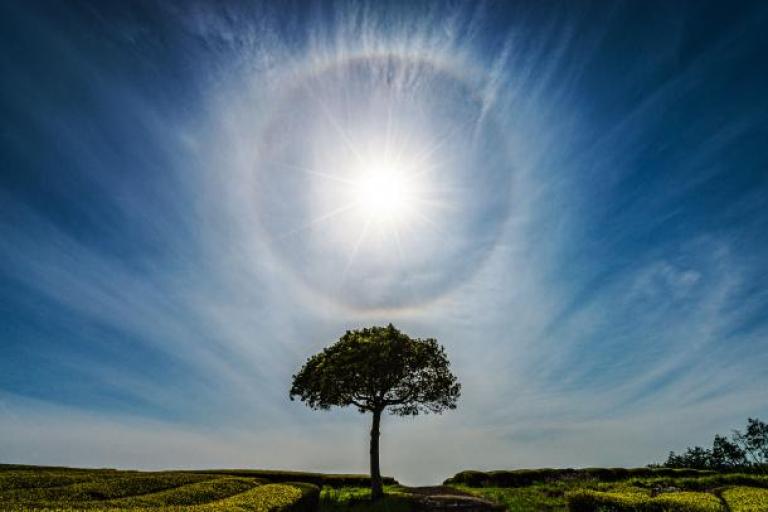
This year’s theme is the Montreal Protocol: fixing the ozone layer and reducing climate change.
“The international treaties to protect the ozone layer have made a dramatic and measurable difference to protecting people and planet. They show the power of multilateralism. And they should inspire hope that, together, we can avert the worst of climate change and build a sustainable and resilient world,“ said UN Secretary-General António Guterres in a message.
“Limiting the rise in global temperature to 1.5 degrees Celsius is still possible if we immediately and drastically accelerate climate action. I have proposed a Climate Solidarity Pact and an Acceleration Agenda to help achieve this. I urge all leaders to work together to put them into effect – and to support these efforts by getting behind the Kigali Amendment to the Montreal Protocol and limiting planet-heating hydrofluorocarbons,” he said.
The Kigali Amendment, which was agreed in 2016, seeks to phase out hydrofluorocarbons (HFCs). Its ratification and implemention could avoid up to 0.5°C of warming by 2100. Combining the transition away from greenhouse gases with energy efficiency measures in cooling equipment could double this figure, according to the Ozone Secretariat.
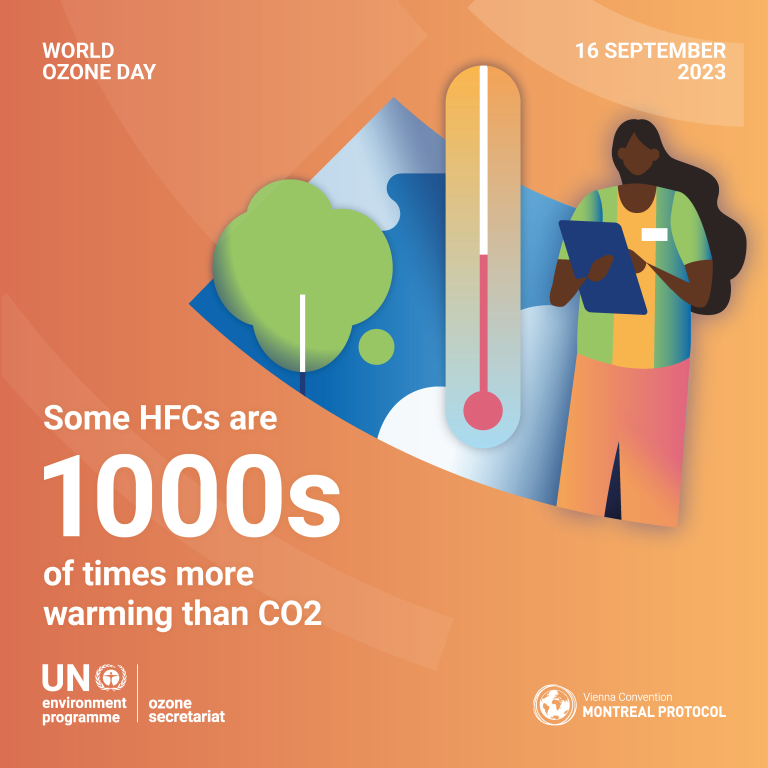
WMO’s Global Atmosphere Watch network of observing stations monitors stratospheric ozone and is tracking the evolution of this year’s ozone hole.
A Scientific Assessment report published by WMO and the UN Environment Programme in January 2023 said that the ozone layer is on track to recover within four decades.
The report confirms the phase out of nearly 99% of banned ozone-depleting substances has succeeded in safeguarding the ozone layer, leading to notable recovery of the ozone layer in the upper stratosphere and decreased human exposure to harmful ultraviolet (UV) rays from the sun.
If current policies remain in place, the ozone layer is expected to recover to 1980 values (before the appearance of the ozone hole) by around 2066 over the Antarctic, by 2045 over the Arctic and by 2040 for the rest of the world. Variations in the size of the Antarctic ozone hole, particularly between 2019 and 2021, were driven largely by meteorological conditions.
Nevertheless, the Antarctic ozone hole has been slowly improving in area and depth since the year 2000.
Information and assets on World Ozone Day are available here.


